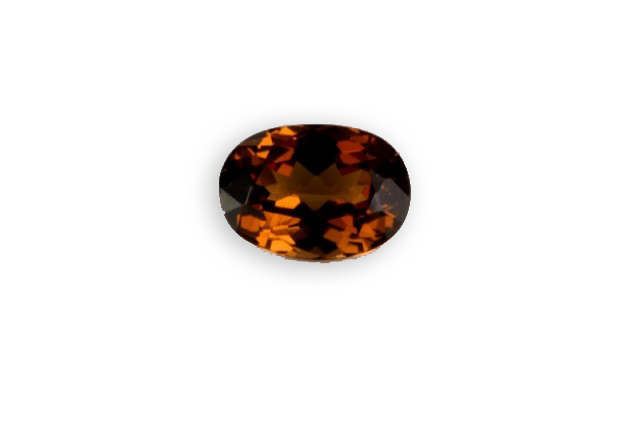
Capricorn
Je vous emmène à travers mes vidéos découvrir mon expérience acquise depuis plus de 30 ans a silloner le globe entier à la recherche de pierres précieuses, de rencontre mémorables mais aussi de difficulté parfois …
actualités
Categories

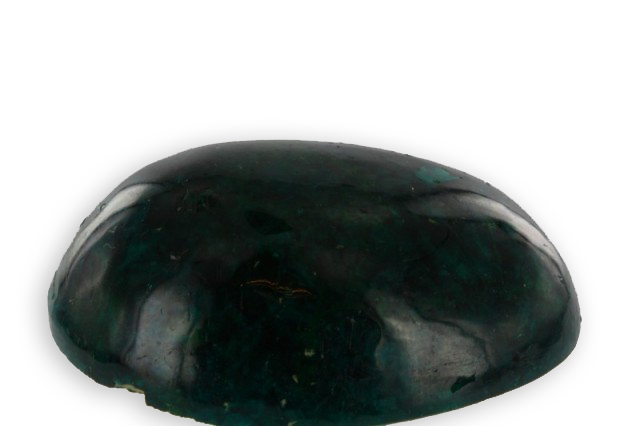
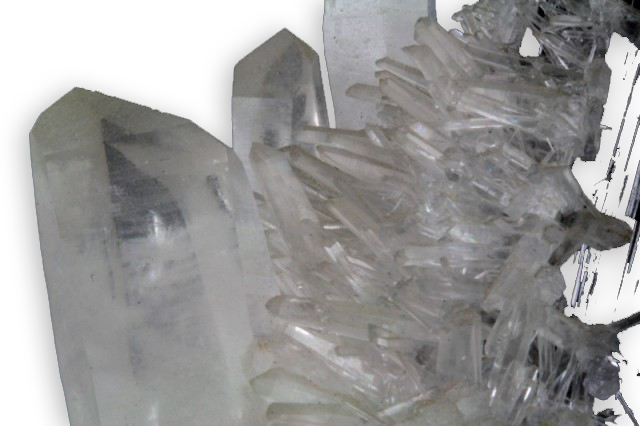
rock crystal
The name quartz comes from a slavic word meaning “hard”. Rock crystal comes from the Greek “krystallos” meaning ice, because the ancients believed that it was “eternal ice”. It is a mineral, often regarded as a rock as it is widespread in various aspects and
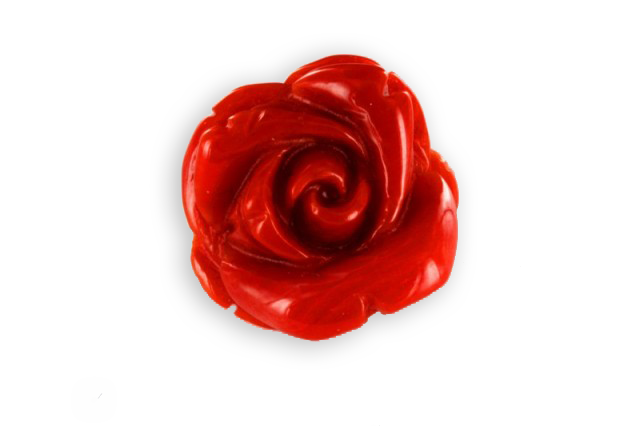
coral
For the geologist, the mineralogist and the gemologist, it is neither a mineral or a fossil, or even a rock. This is the central limestone axis around which small polyps have developed, they secrete it and shelter there. These are animals of the Coelenterata phylum
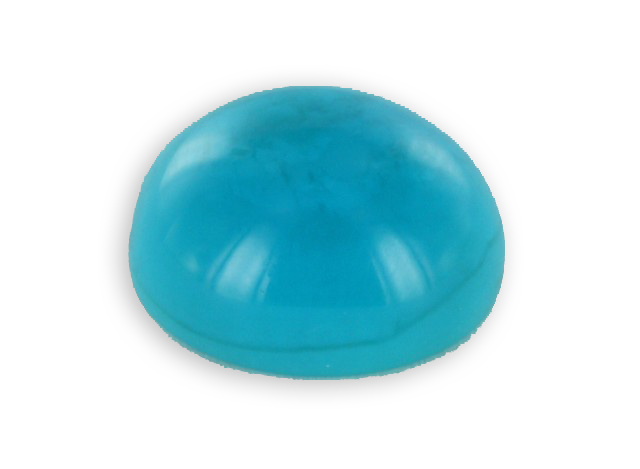
chrysocolla
Its name, of the masculine gender, comes from the Greek “khrusos” : gold, and “kholla”: glue, referring to the fact that this mineral was used powdered to solder gold. It has been called “the little sister of turquoise” because of its alikeness. The rock of
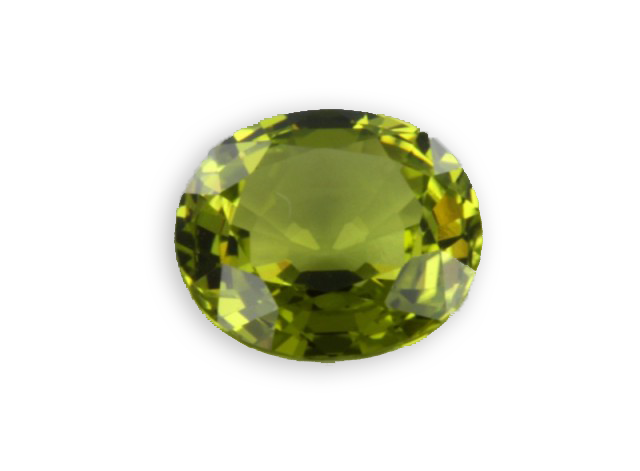
chrysoberyl
Known since antiquity as a “golden beryl”, its name derived from the Greek “khrusos” for gold. Two popular varieties are appreciated gems: the golden yellow variety and the red / green which is called alexandrite. Most chrysoberyls are golden – yellow to brown – green



